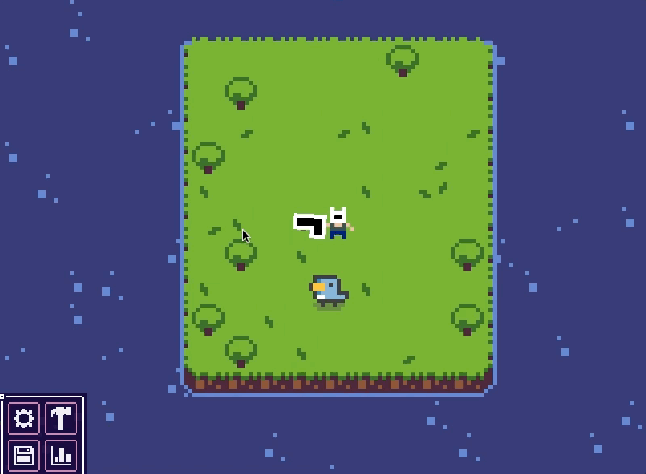Had my last uni exam today. Now I only have one more left this summer and I’m done with uni.
Decided to have some fun and coded a super simple ok, maybe not that simple Falcon 9 FT rocket launch simulator in 2D. I’ve inputted the following data in SI units:
-
Earth’s radius and mass
-
Earth’s rotation and the “bonus” horizontal velocity gotten by launching from Cape Canaveral
-
Earth’s atmospheric density approximated with an exponential function of height over ground
-
Target orbit altitude (400 000m Low Earth Orbit, just under the ISS) and the exact velocity needed to maintain that orbit
-
Rocket drag area (circle of radius 2.6315m) and approximated drag coefficient (0.25)
-
The following parameters for the two Falcon 9 FT stages:
- Weight without fuel (22 tons, 4 tons)
- Weight of fuel (410.9 tons, 107.5 tons)
- Thrust (~8 000 000 N (actually 7 607 000 to 8 227 000 depending on altitude), 934 000 N
- Burn time (162 sec, 397 sec)
The rocket is then assumed to rotate from 0 to 90 degrees over the course of the flight (you never want to point a rocket downwards or you will not go to space today), and this rotation is controlled using a Taylor series controlling the rotation. This allows the rocket to rotate at different rates at different parts of the flight. Basically, this allows the first stage to go more straight up to quickly get out of the thickest part of the atmosphere, and then quickly rotate over to the side to gain orbital speed as efficiently as possible. The Taylor constants are decided using a simple learning algorithm that tries to get rid of the error in altitude and orbital speed/direction. However, if the thrust is simply too high, the rocket will get a too high orbital velocity, so I also added the payload weight as a parameter, so if the rocket overshoots, I just add more weight to it. Also, the rotation of the Earth is taken into consideration, and the drag is calculated (approximately) based on the idea that the atmosphere rotates with the planet (so the rocket starts out travelling at around 408m/s together with the surface, but has zero drag since the air is rotating too).
The learning algorithm just tries random modifications to the taylor constants and the payload weight and checks if the result is a better end orbit than before (= lower error in altitude and orbital speed/direction), and given time it converges on the perfect settings for launching the rocket. After running the program for around 10 minutes and changing the learning rate as it went, I got the calculated error down:
- -9.909272E-7 meter error in altitude
- 6.1378614E-8 m/s error in velocity away from the Earth
- -1.3683348E-8 m/s error in orbital velocity
In other words, the resulting orbit is off by less than a micrometer, and the velocity is off by even less than that. The maximum payload was determined to be 21843.23 kg, which is a bit lower than the payload the Falcon 9 FT is rated for, 22 800kg payload (possibly plus 1 700 kg, not sure if those 1.7 tons are included in the 22 800 number), but at least close enough to be in the same ballpark. Considering it’s a 2D simulation I made with information I could Google in a couple of minutes, it’s pretty cool.
Image of the trajectory:
The curve at the start comes from the fact that the planet is rotating, so the rocket starts with a high speed to the left but accelerates upwards. The color of the trajectory shows the two stages and how they deplete their fuel (which of course causes the rocket to get MUCH lighter over the course of the flight). Once the first stage is depleted, it instantly switches to stage 2 at which point stage 1 is jettisoned and no longer adding weight to the rocket. It would be possible to add a zero-thrust stage inbetween to add some time for the stage separation. No, the first stage doesn’t fly back and land. =P
Some people go out drinking to celebrate, I write rocket simulations…









